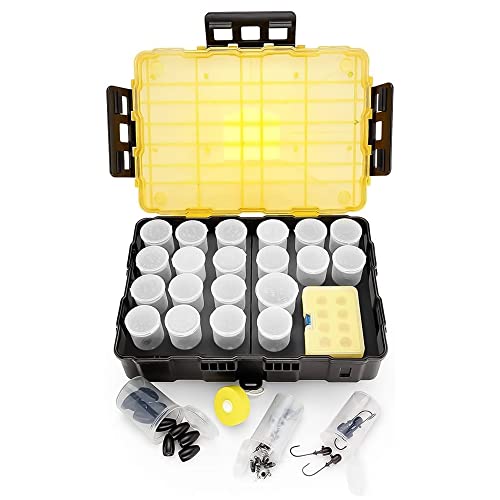Uncle Krusty said:
I'm thinking it's aluminum oxide and it's been there a long time.
Well I have to admit I have never had to unplug the pee port (Nissan calls it the 'check port') or overboard water indicator port of any Nissan OB oer the years (all saltwater motors too). And where most other OBs I work on have a visible rubber hose existing the block to an exit plug on the bottom of the OB pan or side cover (mostly on the back rear-right of the motor as it faces AWAY from you), those Nissans have it exit from down the power leg.
I am no where near my motor right now and I just reviewed the Parts and Service manuals I have for my Nissan 18hp and for the life of me they don't show how water exits the block. Perhaps on the Nissans it is via a metal water tube direct from the block and not that of an added rubber tube? But see the detail I added at the end of all this rambling ...
What you could do - Sounds like this was a saltwater OB. First, I'd keep trying a stiff piece of piano or spring wire, cutting a 45-degree angle on the tip end and keep twisting it in that port. Likely that is calcified salt and/or sand you're seeing and not Al-O2.
Second, look for any rubber hose or such exiting the block and routing down the powerleg on that right-rear side as you stand behind the motor. You might not be able to get your hand or tool all the way down, but you might be able to confirm how cooling water exits that powerhead. On more than a few OBs I have worked on, when I was able to remove a rubber hose from the block, it was that junction from the block to the hose that was blocked. The threaded hole in the block is a tapered pipe thread, maybe 5/16" or bigger, but then they thread a metal or plastic fitting into the block to attach the 1/4" or less tube, so that junction right there serve as a restriction or place where build-up can collect.
That OB must have a thermostat on it. You could buy replacement gasket and t-stat (to be sure for operation) from www.marineengine.com or other source. Pop off the t-stat cover and assess the internal condition of the water passages. On one 6hp OMC I worked on that was overheating, the head was full of salt. I pulled the lower unit off, turned the OB upside-down and filled the water pipe with white vinegar to fill the head and I left it that way for a few days. I saved the vinegar and turned it back over and reassembled, running it in the smallest bucket/tub I could find where I had 2-gallons of vinegar to the rest water, hoping to further flush out and dissolve any salt. Well ... it fixed it!
But I would ONLY do this after replacing with a new thermostat. Maybe you could fill 'whatever down-pipe' routes to the pee port with vinegar, maybe that would help dissolve the build-up. But NOTE vinegar needs to be flushed out and rinsed with freshwater, so be prepared to tip her upside-down a few times to rinse it well (if you can't unclog it this way).
On small OBs, the thermostat stays closed to keep the powerhead warm for easier idling. Typically whilst running a small motor it should take a few minutes to open up the thermostat, but at ~5-minutes or so it could overheat, if not cooling. So you can do a check, but be fast about it. Feel the water exiting or spitting out the exhaust relief ports on the back of the motor, centered and a few inches down from the pee hole as the other poster's pictures show. My Nissan manual (covers 2.5 to 40hp motors) says that model OB uses a 125-deg F t-stat, so the water might be very warm to hot, but not so
HOT that you can't keep your hand in the stream.
They also make 'temple-stiks' that melt at a certain temperature and these can be used to assess heat on the powerhead, but you should be able to hold your hand briefly above the plugs or side of block on any p'head that is being properly cooled, but not on one overheating.
CLEARLY be safe here and if any of this is beyond your capabilities, then you gotta get a pro.
But try some more snaking with a sharpened wire ... I think this is your best option!
(On my 18hp, prior to powerhead removal the OEM manual does state
"Disconnect pilot water hose from exhaust cover.", which for my model implies a rubber hose routes dwon from the block to the back of that powerleg, where one sees the pee port exit. Not sure of your model ... and no pictures are provided.)




























































